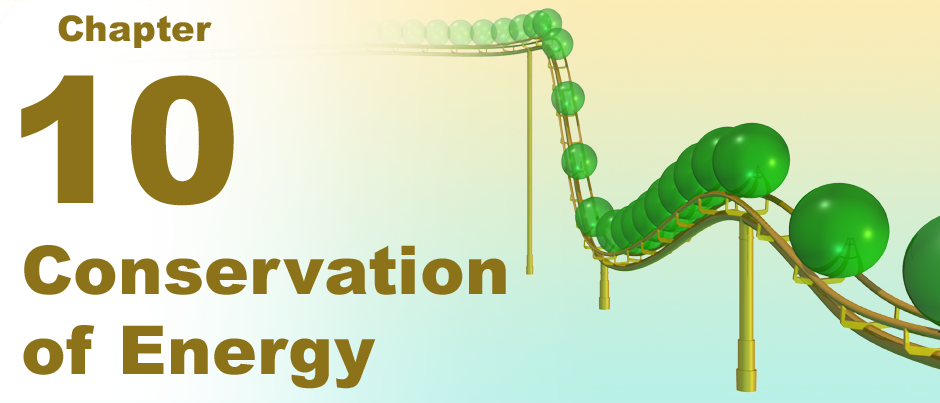 |
“In this house, we obey the laws of thermodynamics!” So proclaimed Homer Simpson when he found out that his daughter Lisa had built a perpetual-motion machine in season six of The Simpsons. Even resourceful Lisa Simpson cannot create a perpetual-motion machine in a world ruled by the laws of physics. But that hasn’t stopped generations of inventors from trying. 
|
It’s no wonder that perpetual-motion machines obsess so many minds. It costs money to fill up your car’s gas tank every week, and watches need to have their batteries replaced. Wouldn’t it be great if such machines could be kept in motion without having to refill or recharge them? Think of the savings, convenience, and environmental benefits. 
|
 Some of the ideas behind perpetual-motion machines are legitimate. Many designs are meant to change energy from one form (potential energy, say) into another (such as kinetic energy). A number of wheeled contraptions supposedly can keep rolling because masses slide or pivot along their spokes, exerting repeated torques while transforming energy into potential or kinetic form.
Some of the ideas behind perpetual-motion machines are legitimate. Many designs are meant to change energy from one form (potential energy, say) into another (such as kinetic energy). A number of wheeled contraptions supposedly can keep rolling because masses slide or pivot along their spokes, exerting repeated torques while transforming energy into potential or kinetic form.
It isn’t hard, however, to see the flaw in such reasoning. Take a simple, U-shaped track and release a toy car or marble from one end. In the absence of friction, the toy or marble would roll endlessly from end to end. But that never happens in the real world. In fact, you usually can hear energy leaving the system in the form of sound. The law of conservation of energy states that the sound or heat generated by friction must come at the expense of some of the system’s mechanical energy, with the car or marble eventually coming to a rest at the bottom of the track. 
|
Newton’s first law states that an object in motion remains in motion in the absence of a nonzero net force. Objects within the nearly empty voids between galaxies may be able to remain in motion for billions of years—a time that seems eternal when compared to a human lifespan—but an object with that motion does no work. In order to do work, such a system must be acted upon by an unbalanced force, which means that its subsequent motion would not continue unchanged forever. 
|
| |
|

